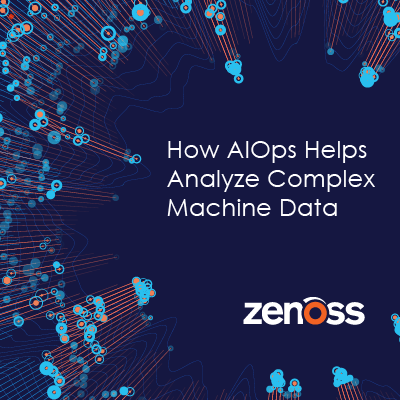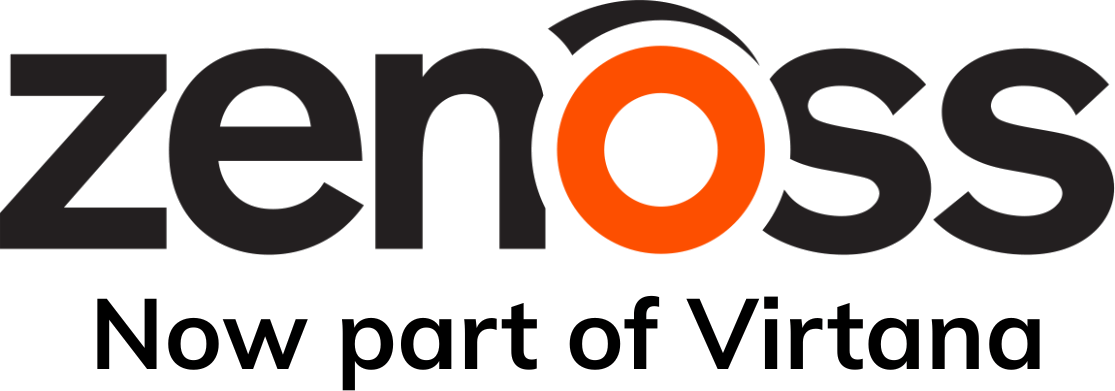
Merge and Manage Different Data Sources
AIOps tools perform better with more data, so they should seamlessly connect to different data sources in your IT environment and ingest the data that they generate. Typically, the data sources would include the monitoring data, metrics data, application logs, model data, etc. These data sources are continuously generating huge volumes of data, in both structured and unstructured form, and hidden within this data are insights that would help in proactive IT infrastructure management. So, one of the key elements of AIOps should be a big data platform for managing the data that is being ingested.
AI and machine learning algorithms access both the historical data as well as real-time streaming data. The real differentiation that AIOps tools bring is the ability to continuously learn and optimize function based on real-time data. For instance, if a monitoring tool alerts that the increased CPU usage is due to an increased number of connections, Kubernetes can spin up the additional app instances and use the load balancing to distribute the users and reduce the load. AIOps capabilities in advanced IT infrastructure monitoring solutions allow you to automate routine DevOps tasks, enabling the machine learning model to launch it under certain conditions and deal with the issues preemptively, before downtime occurs.
“I&O leaders must select AIOps platforms that are capable of ingesting and providing access to a broad range of historical and streaming data types.” - Gartner
AIOps tools work to reduce alert noise when event storms occur by performing real-time analysis on mass quantities of event data and inferring probable root causes based on data analyzed from previous issues. But, AIOps tools are not service-centric and have no concept of real-time models. They are not designed to tell the user how issues with a given system may affect IT services or applications. Zenoss combines the probabilistic AIOps event correlations with root-cause analysis informed by definitive service-dependency models, eliminating guesswork when investigating IT incidents.
Zenoss gives you full visibility into IT service relationships and dependencies through real-time modeling that stand-alone AIOps solutions can't provide. Zenoss can augment insufficient log and event data used for AIOps correlation with rich metrics from every system constituting every IT service.
For more information on how you can utilize Zenoss Cloud to unify your observability practices across legacy and modern IT environments, contact Zenoss to set up a demo.
To learn more about intelligent application and service monitoring, download the Forrester Wave report here.









